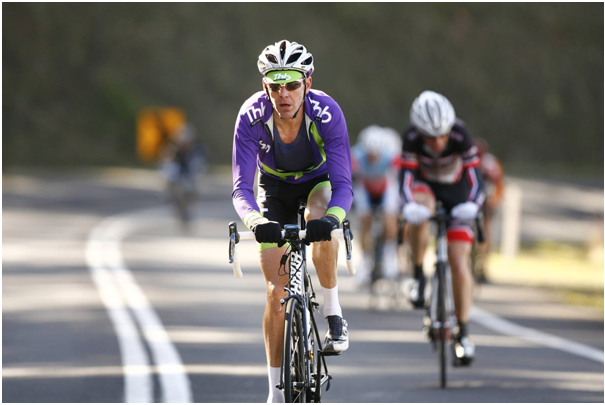
Cycling is predominately a team sport, but when it comes to nutrition in cycling it’s very much an individual thing. We’re all striving for that competitive edge – that extra one percent here and that extra two percent there – so when we see the cyclist who is always driving it at the front of the peloton eating porridge at the local cafe, we often seem to take the pack mentality: “If it works for them, surely it will work for me”.
While there’s no doubt that clean eating and a more meticulous effort towards nutrition will improve performance, taking a bio-individual approach will help you get ahead of the pack.
What is bio-individuality?
It’s obvious that we’re all different on the outside, yet it’s easy to forget that some of our biggest differences lie in our anatomy, metabolism, composition of bodily fluids and cell structures. Each and every cyclist has genetically determined and highly individualistic nutrition requirements. Requirements, that if met, can lead to gains on the bike you probably thought weren’t even possible. Let’s take a deeper look:
Blood type: Many people don’t know their blood type, unless they have donated blood or received a blood transfusion. The four main blood types (A, B, AB and O) have evolved over thousands of years and offer insight into what foods work best in your body. As an example, many type O people feel energised by eating meat, while type Bs are better able to digest dairy. These preferences are based on a chemical reaction that occurs between the foods you eat and your blood. If you consistently eat food that is not compatible with your blood type, it could lead to health problems, and just as importantly for cyclists, your performance on the bike.
Metabolic rate: Your metabolism is the rate at which you convert food into energy. Knowing your personal metabolic rate is useful when gauging the amount of food your digestive system can process. “Fast burners”, or “protein types”, tend to be frequently hungry and crave fatty, salty foods and do not do well on high carbohydrate or vegetarian type diets. Their bodies burn through carbohydrate too quickly, and a higher intake of protein helps slow their metabolism. “Slow burners”, or “carbo types”, generally have relatively weak appetites, a high tolerance for sweets and problems with weight control. They require a higher percentage of carbs to give them energy to speed up their metabolism. “Mixed types” generally have average appetites and moderate cravings for sweets and starchy foods. For them, the ideal diet is a balanced combination of protein and carbohydrates. You can determine your metabolic type by answering questionnaires or taking simple medical tests.

Ancestry: The genetic recipe passed on to you by your parents and the generations before them has helped mould the person you are today. Your genetic makeup is derived from thousands of years of eating habits. If your ancestors were Japanese you will most likely thrive on a Japanese diet high in rice, sea vegetables and fish. If your ancestors were from India your digestive system will love basmati rice, cooked beans and curry. Therefore, take a look at your family tree and identify the types of food that have been prevalent in your blood line throughout the generations.
What feels right: I know I’m stating the obvious here, but many people ignore the impact certain foods have on their body. As an example, it wasn’t until I began eating a Paleo style diet that I realised what impact bread has on my body. It just doesn’t agree with me. Yet, I ate it for 25 years. When you start to recognise how certain foods make you feel, you can start to get much smarter with your food plan. Next time you wake up in the morning feeling fresh and raring to go, stop to think what you had for dinner the night before. Or, the next time you get back from a ride where you’ve absolutely smashed it, stop to think what you ate within the 24 to 48 hours before. If you started well and then crashed during the ride, what did you eat during the ride? This is, in my opinion, by far the best way to start determining what foods are right for you.
Using a bio-individual approach to better understand your body can lead to more energy, faster recovery, and ultimately improved performance on the bike.





Good article particularly with respect to working out what you run best on.
Having said that, I reckon most people should cut/drop dairy and animal protein if for no other reason than the health benefits (refer; The China Study).
(FWIW, my background: lost 23kg down to 63kg – 61 at race weight – and have kept it off for 8 years. I eat a high carb, high starch, low fat/protein, mainly vegan diet now, only do about 200km a week riding and weight is stable.)
Great article. I totally agree about different background / body / blood types ! Thanks for the encouragement!